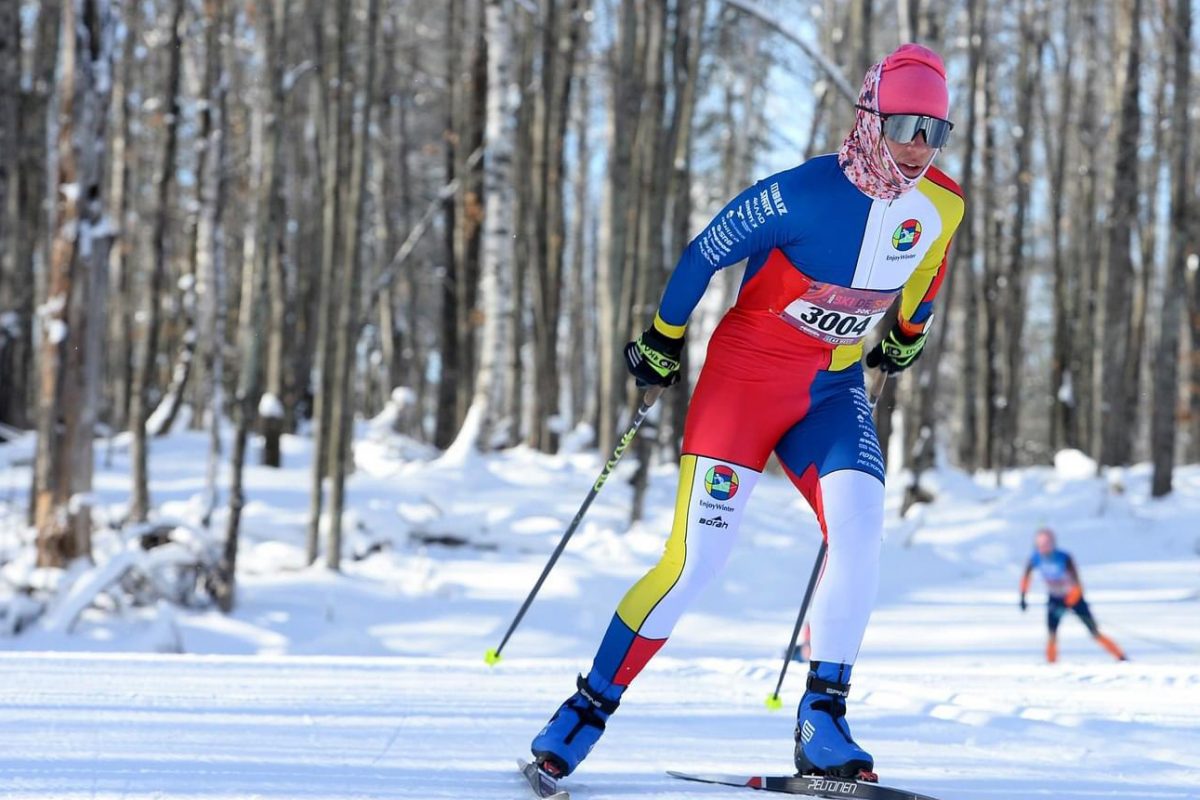In most sports, the question of whether men and women would compete on equal playing fields, so to speak, was answered long ago. While gender inequalities remain- a recent decision by the IOC to maintain the exclusion of Women’s Nordic Combined from the Olympics comes to mind- the sport of cross-country skiing will now be joining the list of those in which competition is equal for men and women. In a press release issued on May 18th 2022, the International Ski Federation (FIS) announced that 57% of the Cross-Country Committee (CCC) had voted in favor of an equal distance proposal.

The push for equal distance, within the U.S., began in earnest in 2020 when the lack of racing due to the pandemic gave Vermont’s St. Michael’s College coach, Molly Peters, more time to focus on the issue. “I’ve always been sort of bringing it up,” said Peters, “through the EISA, I’ve tried to get it changed at the NCAA level before, but I put in a proposal, and slowly I was getting more and more support. But then when the pandemic hit, I finally sort of had the time to really put a lot of time into it.”
With the help and support of fellow EISA coaches, Peters started the Equal Distance Group and in May of 2021 the Ski Equal Group sent a letter to the U.S. Ski & Snowboard Cross Country Sport Committee urging them to adopt equal distance racing. The letter was signed by 23 prominent members of the nordic ski community, including Jessie Diggins and Bill Koch.

Reflecting back, U.S. Ski Team Head Coach, Matt Whitcomb shared, “The first time Molly Peters brought this to my inbox I felt ambivalent. This was only two years ago. I’m embarrassed that I can’t claim to be an early adopter. However, the more it sat with me over the next months, and the more I reread Molly’s reasons, the more I warmed to it.” Whitcomb said he wasn’t sure exactly what sparked the movement at the FIS level but shared, “it was a popular topic of conversation last year on the World Cup, and in a FIS competitions format working group. It didn’t all just happen this spring, but I applaud FIS for having the spine to make a big change.”
On her part, Peters gives credit to both Whitcomb and U.S. Ski Team Program Director, Chris Grover, for their efforts to advance the proposal, saying, “I spoke to them both, numerous times and they kept me updated, which was amazing. And they’re the ones that really pushed it at the higher level.”
For those not closely following the issue, the decision announced by FIS this spring might have come as a bit of a shock. Even to Peters, it came as a surprise. “It kind of came out of nowhere,” she said. “I mean, I knew that the U.S. had been pushing for it, on the domestic level. I’ve spoken at the U.S. Ski and Snowboard Congress twice and I’ve been talking to a lot of people within U.S. Ski and Snowboard about sort of how to get it moving up the chain. But I had no idea.”
Peters said she knew that a FIS committee had formed to talk about the issue and then, “all of a sudden, I got an email or call maybe from Chris Grover like, ‘Hey, this is happening. You know, we’re pushing this hard. It’s looking like it’s gonna pass’ and I was kind of floored by that just because, I knew it had slowly, over the past year and a half, more and more races were equal and I’ve been pushing hard at every level I could possibly push at. But yeah, to go all the way for it to jump to the FIS level was a complete surprise and pretty amazing.”
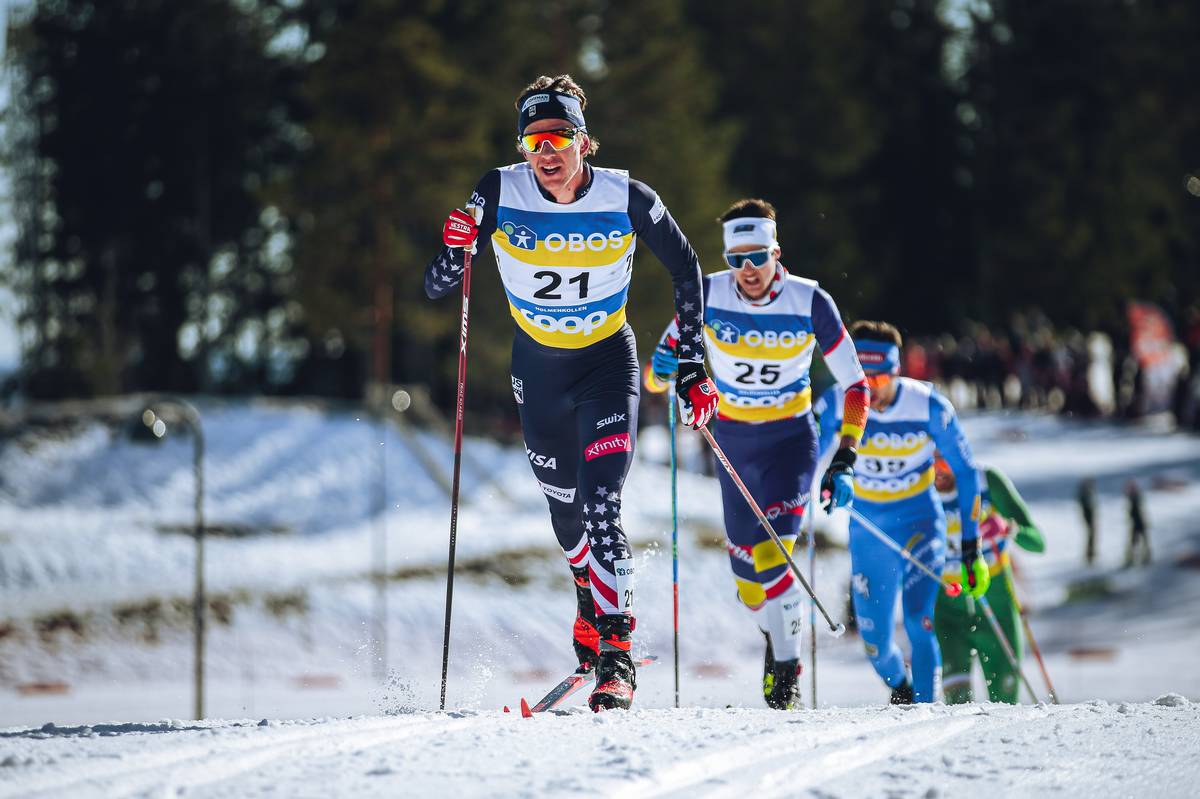
U.S. Ski Team A-Team member, Julia Kern, wrote in an email to FasterSkier that she too was surprised by the seemingly sudden decision but through conversation with others she came to realize that, “if these decisions were tested first or implemented more slowly, it would take time and potentially not be as adopted. Instead, the decision was made and carried out across the board in all World Cups for the coming season.”
In a recent interview, FIS’s Cross-Country Race Director, Pierre Mignerey, spoke about the reaction to this decision. Mignerey said, “as expected, it created quite some discussions among the cross-country community. Some people were very happy and some were strictly against racing equal distances.” (FasterSkier’s Nat Herz wrote about the various perspectives on this issue during the 2022 Winter Olympics).
Mignerey expressed understanding for the opposition, saying, “It is understandable to see some resistance from athletes or coaches because it is a decision which may disturb their routines, their habits and pushes them to adapt their training plans and develop new strategies. But I’m convinced that it will be seen – or maybe is already seen – as a very logical and meaningful decision.”
Whitcomb shared a similar sentiment, “That’s just how change goes; most humans don’t do it easily or well. But it’s going to be okay. And to those who say they are going to miss the five or 15 kilometer distances, I hear you. I will too. But we’re not forever locked into what distances we do, so much as the idea that we’ll be doing them together.”
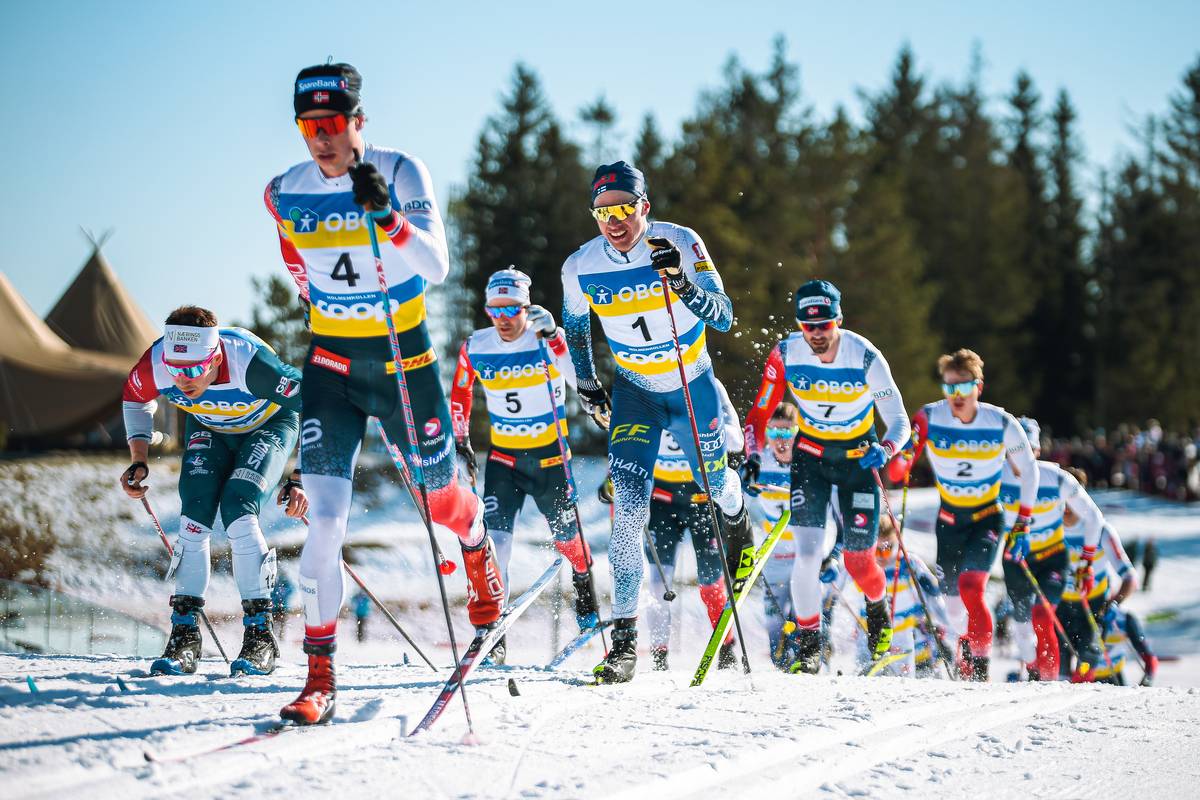
In the same meeting that passed the proposal, the CCC decided on the race formats for the World Cup, U23 World Championships and Junior World Championships, as well as Youth Olympic Games. FIS has shared the 2022/23 World Cup race calendar which can be found here.

Speaking from a coaching standpoint, Whitcomb talked about what this change will mean for the athletes. He started by saying, “to simplify things, you can look at the changes each gender will experience; women will be racing longer, and men will be racing shorter.” To prepare for this shift, “we’ll see some longer threshold sessions and time trials that women adopt, and the men will be navigating the demand for slightly higher race speeds, by working on finishing tactics.”
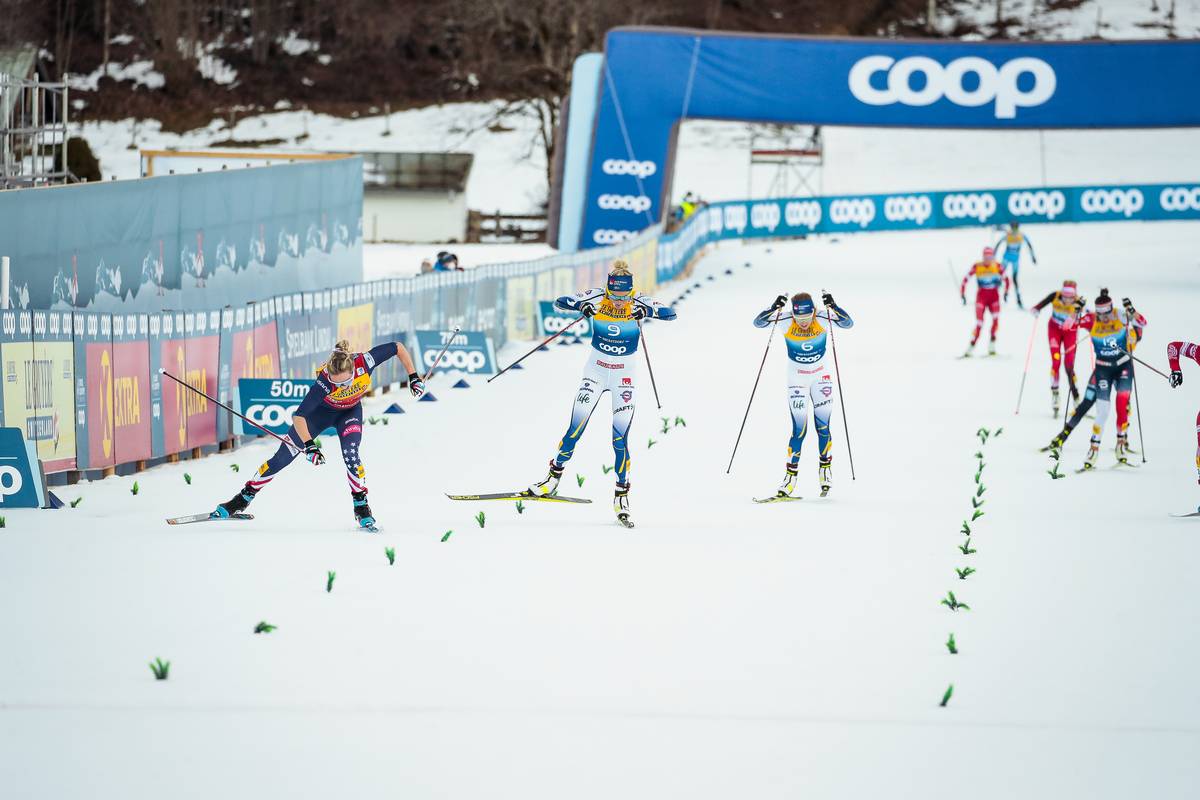
He was also quick to point out that these changes have nothing to do with the athletes physiology, “the reason this change is happening is because we’re eliminating sexist programming, and not because anything has changed with physiology,” he said. “It began in the late 60’s or early 70’s because it was thought that women couldn’t handle the demands of such long efforts. The day this was discovered to be untrue became the first day this should’ve changed. To put the change in perspective, I think athletes who have done well on the World Cup will continue to do well. The change feels crazy, but I bet we’ll discover it isn’t.”
As an athlete who will be racing these new distances, Kern shared, “It is definitely a big change I think for the women, because we go from racing 10 k to doubling the distance to 20 k, whereas the men only change by 5 k up or down in length. I think it will be interesting to see if this decision creates more specialization on the women’s side.”

Anticipating how she might navigate this shift, Kern reflected, “I personally think it will change how I approach the race schedule potentially, because a 20 k race can have much a larger toll on the body than a 10 k, so I could see myself having to pick and choose races more, especially with the full World Cup schedule this year.”
She added, “of course for me, as someone who prefers sprinting, a 20 k seems quite long, but on the flip side, I have really enjoyed racing 30 k races, so I am not sure how a 20 k will go, but I am excited to find out.”
From the FIS perspective, according to Mignerey, the debate was not about the capability of female cross-country skiers, but rather what the realization of equal distance racing would look like. He said, “In 2022, we should not have to discuss anymore if women are capable of racing the same distances, having the same rules and using the same courses as men. The discussion in the CCC was never about IF women are capable of racing the same distances and course profiles, but about how to implement it, for example into our sports community or into a TV product.”
Mignergy continued by saying, “from a global standpoint, I have the feeling that this decision is very well perceived by most people which are not directly or personally involved in cross-country skiing. And if you put things into perspective, the fact that this decision was so much discussed and named a ‘historical decision’ shows that this move was long overdue.”
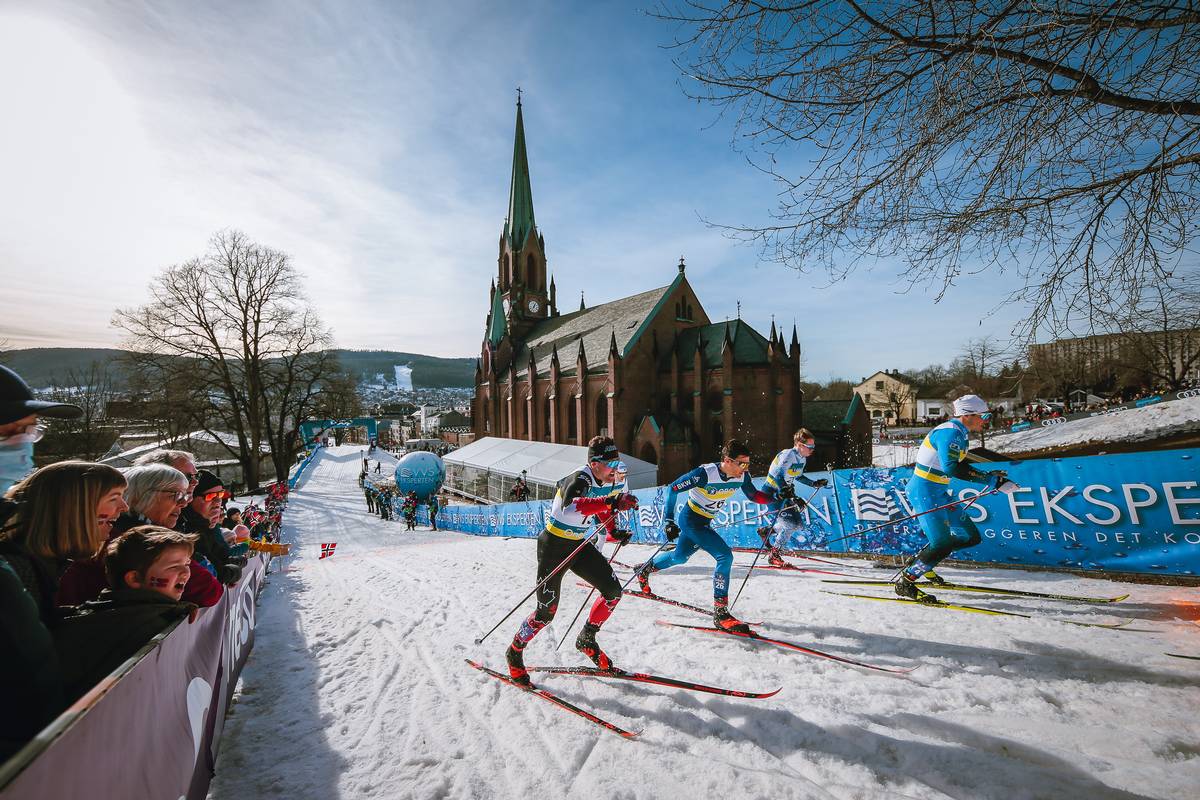
At the domestic level, Peters felt that some of the resistance to the idea came from the fact that races at the World Cup level weren’t contested at equal distances between genders. With this decision from FIS, that no longer becomes a sticking point. U.S. Ski & Snowboard’s Cross-country Sport Coordinator, Adam St. Pierre, explained that, “the recently finalized Super Tour calendar had men and women racing the same distance in each race. This includes the races at U.S. Nationals in Houghton.”
At the time of writing, a decision about NCAA races had not yet been made but St. Pierre thought it was “likely” that they would also be run as equal distance. At the junior level, he explained, “The Junior Working Group has also discussed having boys and girls race equal distances, but hasn’t settled on what those distances should be for each age group (u16, u18, u20).” Based on a schedule for Midwestern junior national qualifier races, it appears that they have opted to adopt equal distance between genders, with a few 7.5 k events for all age groups and mostly 5 k for u16 skiers and 10 k for u18/u20.
Peters reflected, “it’s pretty amazing how fast that [came about] and I knew that would happen. I knew it would just be like a light switch. Like as soon as they did it up at the higher levels, it would just trickle down to everyone doing it.”
For Peters, this means her work is done. At least in regards to the Ski Equal push. “Really with skiing I’m kind of done,” she paused, “I mean, I would love to see The World University Games, (hosted in Lake Placid this year) and for some reason, they’re not going to be equal races. So, I have a few ideas on that.” But mostly, Peters is now switching her focus to cross-country running. “Cross country running for NCAA is also not equal,” she explained, “skiing was pretty much [unequal for] the whole world and, and it’s kind of crazy that running is actually equal at the world level but has not changed at the NCAA level. So I have a few proposals. I’ve written so many proposals, I can’t even tell you.”
Most of all Peters hopes this change within the ski racing world can be viewed through the lens of inclusivity. She concluded by saying, “I hope that we continue to move forward as a sport and I think that this is a huge part of [that]. You know, we want people to love skiing. We want them to see the sport as being inclusive. And I think that this is a huge step forward in that process.”
Ella Hall
Growing up in Washington’s Methow Valley, Ella was immersed in skiing and the ski community from a young age. From early days bundled in the pulk, to learning to ski as soon as she could walk, to junior racing, a few seasons of collegiate racing, and then to coaching, she has experienced the ski world in many forms. Now, as a recent graduate from Dartmouth College, she finds herself living in France splitting her time between teaching English at a university in Lyon, avidly following ski racing (and now writing about it!) and adventuring in the outdoors as often as possible.



